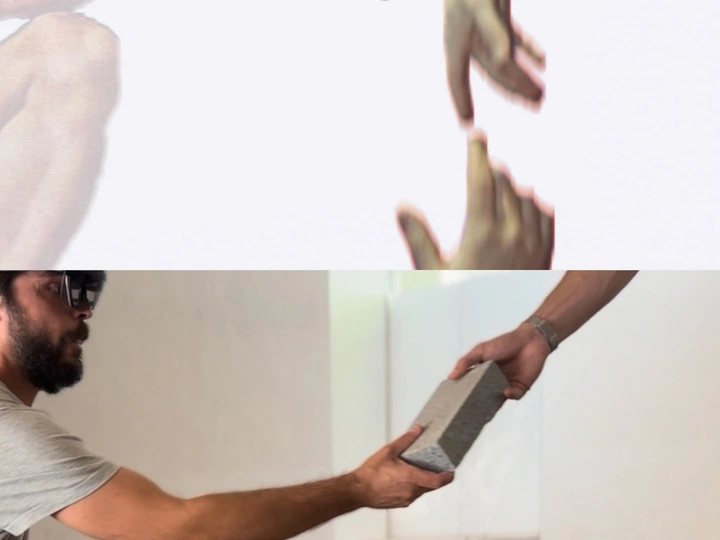IMMERSIVE imPERFECTION

Christian Schmitt
Christian Schmitt is an architect and educator with a multidisciplinary interest based in Europe and Cairo. He graduated from TU Darmstadt in Germany and has taught design and material sustainability, focusing on earth and simple building methods, with Anna Heringer and Martin Rauch at ETH Zurich in Switzerland. Prior to this, he worked for Herzog & de Meuron in Basel and other architectural firms.
His focus centers around immersive and narrative design methodologies in architectural design, as exemplified in ARCHITECTURE UNTOLD. He explores how natural materials, particularly earth, stone, and timber, along with their construction methods, can be integrated to foster a contemporary, sustainable, and RESPONSIBLE DESIGN and CONSTRUCTION PROCESS.
Since 2019, Christian Schmitt has been an Associate Professor and Full Staff Member in the Architecture and Urban Design Program at the German University in Cairo (Department Building Technology, Integrated Design and Construction). In this role, he integrates digital state-of-the-art approaches (MR: VR AR) with local traditions, emphasizing the use of earth and other local materials as contemporary building materials, inherently circular by nature.
IMMERISIVE imPERFECTION aims to reconnect communities with vernacular materials through immersive experiences, utilizing technologies like Mixed Reality to bridge the gap between traditional craftsmanship and modern design. By emphasizing hands-on engagement and the utilization of ubiquitous devices, the research aims to democratize access to sustainable construction practices.
The utilization of Mixed Reality (MR) technology serves as a marketing tool for Low Tech Architecture, promoting its consequent materialization with a minimal carbon footprint. People are reinstated at the center of the digital assembly process, rather than being replaced by robots or algorithms.
The benefits of MR devices in the construction field primarily stem from their ability to display spatial and geometrical data, providing users with contextual information crucial for assembly or maintenance operations. In this case, MR technologies were integrated with low-tech construction materials such as earth bricks and natural stone, streamlining the design process and eliminating the need for traditional construction documentation like plans or sections.
“From a social-technical perspective, earth is not just a material; it is a process and can be a catalyst for sustainability and socially just development: This is because earth is as much an attitude towards sociocultural practices and building cultures as is the embodiment of environmentally and economically responsible construction. (Heringer, Rauch, Howe, Upscaling Earth: Material Process Catalyst)”
Approximately three years after our initial installation, we anticipated that Mixed Reality (MR) technologies, such as Augmented Reality (AR) and Virtual Reality (VR), which we utilized in both installations, would have gained more widespread acceptance in everyday life, given the ubiquity of our tools. However, participants still reacted with surprise, as these technologies remained largely absent from their daily experiences.